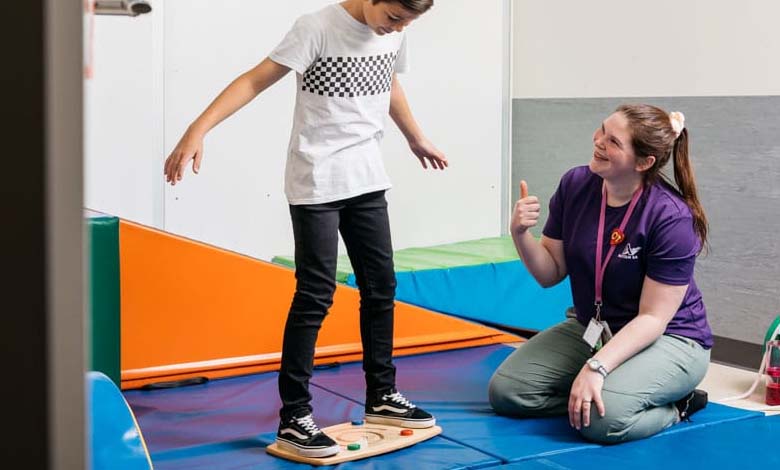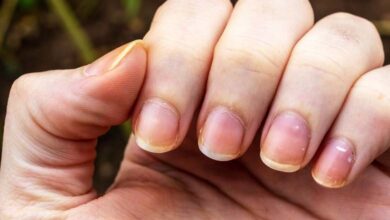How Does Autism Affect the Way People Walk?

Autism, or more accurately Autism Spectrum Disorder (ASD), is a neurodevelopmental condition that affects various aspects of cognitive, social, and motor functioning. While the behavioral and sensory traits of individuals with autism are widely recognized, motor manifestations, particularly those involving gait, often receive less attention. However, a growing body of research suggests that autism can have a measurable and significant impact on walking patterns.
Global motor function impairments
Children and adults on the autism spectrum frequently experience challenges with gross motor skills. These may include poor balance, unusual posture, rigid or uncoordinated gait, and limited motor synchronization. Although not all individuals with ASD display these issues, they are common enough to be considered characteristic of the condition.
Specific gait characteristics in autistic individuals
Studies using motion capture technology have identified several unique traits in the gait of autistic individuals. These can include shorter step length, irregular cadence, reduced knee flexion, and limited trunk rotation. Many also show less postural stability, resulting in a gait that appears less fluid or more effortful. One of the most observed patterns in young children is toe-walking. While this can occur in typically developing children, its persistence is notably more frequent among those with ASD.
-
Why Are More and More Children Being Diagnosed with Autism?
-
Recurrent Ear Infections in Children: Causes and Treatment Options
Neurological and sensory factors
Gait abnormalities in autism are often linked to sensory processing differences and cerebellar dysfunction, which plays a crucial role in motor coordination. Sensory hypersensitivity, especially to tactile input, may cause unusual foot placement or hesitation in walking. Misinterpretation of proprioceptive signals (those from muscles and joints) can disrupt balance and spatial orientation, further complicating movement.
Impact on quality of life
Walking difficulties can limit participation in physical activities and social interaction, especially for school-aged children. An unusual gait may also attract unwanted attention, contributing to social withdrawal or anxiety. Additionally, impaired motor coordination increases the risk of falls and injuries, impacting independence in daily life.
-
How Does “Gentle Parenting” Affect Children’s Development and Family Well-Being?
-
Why Are More and More Children Being Diagnosed with Autism?
Intervention and therapy
Physical therapy and occupational therapy are critical tools for addressing gait challenges in autistic individuals. These interventions aim to improve posture, coordination, and walking efficiency. Emerging approaches like virtual reality-assisted motor training are being explored to enhance engagement and learning. Early detection of motor impairments and individualized therapy plans can significantly support the holistic development of autistic children.
Toward greater recognition of motor symptoms
Healthcare providers should include motor assessments in the diagnosis and ongoing care of individuals with ASD. Recognizing gait patterns as part of the autistic profile can lead to more comprehensive and personalized support. Understanding how ASD influences walking is key to appreciating the full physical experience of those on the spectrum and better supporting their interactions with the world.
-
Drug resistance kills 3 million children in a single year
-
What is the Impact of Grandchildren’s Connection with Grandparents on Their Emotional Health?
-
Reasons Why Elderly People Act Like Children
-
Having Two Children: How Does It Positively Affect Women’s Mental Health?
-
Do Parents Love All Their Children Equally?
-
What Is the Link Between Maternal Health and Autism in Children?
-
Health Risk Threatens Children of Divorced Parents
-
What is the impact of permissive parenting on children?












